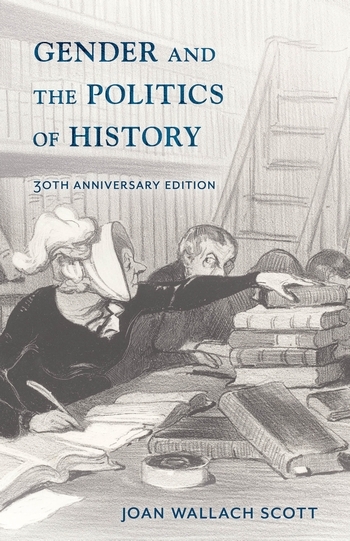Book for National Women’s History Month: Women’s Religious History
 We continue with our series of postings on books relating to National Women’s History Month with today’s look at women’s religious history. I’ve chosen one book to represent each of the four major religious traditions, Buddhism, Christianity, Islam, and Judaism.
We continue with our series of postings on books relating to National Women’s History Month with today’s look at women’s religious history. I’ve chosen one book to represent each of the four major religious traditions, Buddhism, Christianity, Islam, and Judaism.
We begin with a look at a woman who attained great status in Tibet as a religious leader, as chronicled in Hildegard Diemberger’s book, When a Woman Becomes a Religious Dynasty: The Samding Dorje Phagmo of Tibet. The book is built around a translation of the first biography of Chokyi Dronma, recorded by her disciples in the wake of her death in the fifteenth century. It was believed that the princess Chokyi Dronma was reincarnated after her death and her spiritual successors in Tibet hold the title of Samding Dorje Phagmo. The account reveals an extraordinary phenomenon: although it had been believed that women in Tibet were not allowed to obtain full ordination equivalent to monks, Chokyi Dronma not only persuaded one of the highest spiritual teachers of her era to give her full ordination but also established orders for other women practitioners and became so revered that she was officially recognized as one of two principal spiritual heirs to her main master.
Moving forward in time, in Women, Men, and Spiritual Power: Female Saints and Their Male Collaborators John Coakley explores male-authored narratives of the lives of Catherine of Siena, Hildegard of Bingen, Angela of Foligno, and six other female prophets or mystics of the late Middle Ages. His readings reveal the complex personal and literary relationships between these women and the clerics who wrote about them. Coakley’s work also undermines simplistic characterizations of male control over women, offering an important contribution to medieval religious history.
Our third book looks at another great religious tradition, Islam, with Women and the Fatimids in the World of Islam by Delia Cortese and Simonetta Calderini. Basing their research on a variety of sources from historical works to chronicles, official correspondence, documentary sources and archaeological findings, the authors have provided a richly informative analysis of the status and influence of women in this period. Their contribution is explored first within the context of Isma‘ili and Fatimid genealogical history, and then within the courts in their roles as mothers, courtesans, wives and daughters, and as workers and servants. Throughout the book comparison is drawn with the status and roles of women in earlier, contemporary and subsequent Islamic as well as non-Islamic courts.
Jumping forward to modern times for our last choice, Like Bread on the Seder Plate: Jewish Lesbians and the Transformation of Tradition, explores how lesbians can shape Jewish tradition to resonate with their own experience. The author, Rebecca Alpert, one of the first women to be ordained as a rabbi, is assistant professor of religion and women’s studies at Temple University and is a co-director of the Women’s Studies Program. Considered ground-breaking when first published in 1997, the book was critically acclaimed with the Women’s Review of Books calling it “A solid contribution to both Jewish feminism and lesbian and gay studies, breaking new ground in its focus on transforming Jewish religious life from a lesbian perspective.” And the Lambda Book Report lauded it as “An extremely valuable and visionary source for Jewish lesbians who long to be recognized and to participate fully in mainstream synagogue life. . . . The author is to be congratulated for bravely taking on such an all-consuming topic and writing such an accessible, powerful and provocative book.”
Next week we’ll explore the history of women in literature and the world of letters.






